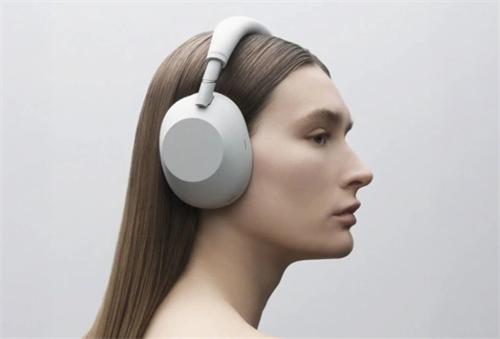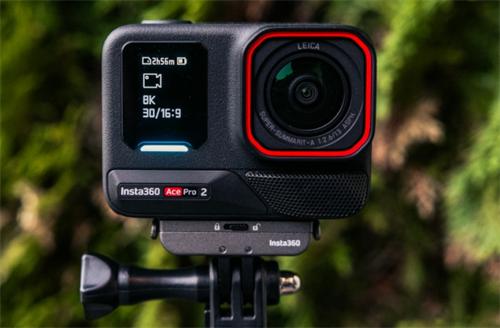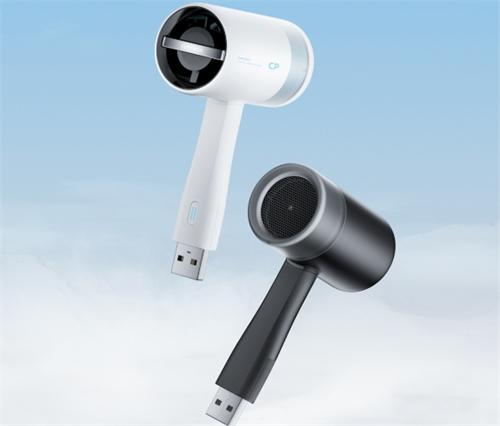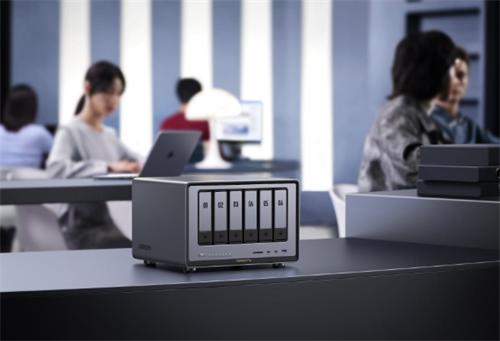Digital Smell: Technology Is Unlocking the Fifth Human Sense

Imagine online shopping where you not only see a product's image but also smell its scent; watching a movie and not only hearing the explosions but also smelling gunpowder; or having a video call with a loved one and catching the aroma of your mom’s cooking. It may sound like science fiction, but “digital smell” technology is bringing these visions closer to reality.
Can Smell Be Digitized?
The concept of digital smell may sound futuristic, but it's been quietly evolving for nearly a decade. At its core, the technology involves two major components:
Sensing and digitizing smells using sensors that capture and identify scents as digital signals.
Reconstructing those scents using specialized devices that translate the digital data back into real smells.
French company Aryballe has developed biosensors that mimic the human nose in identifying odors, while Chinese startup Scent Realm has built a database with over 3,000 fundamental scent profiles.
From the Lab to Everyday Life:
Digital smell is starting to integrate into daily experiences. In some cinemas in Hangzhou, for example, audiences wear a special “scent player” that lets them smell flowers, coffee, or even gunpowder during a movie. This compact device hangs around the neck and keeps the scent contained within 25 centimeters to avoid disturbing others.
More practical applications are emerging in healthcare and food safety. Sensors developed by Zhongke Weigan can detect Helicobacter pylori infections by analyzing a person’s breath and could evolve into at-home health diagnostic tools. In supermarkets, digital scent tech can monitor food freshness; in kitchens, it might soon alert you when your dish is perfectly cooked.
A Scented Race Among Tech Giants
Major tech companies are diving into this new frontier. Google is training AI systems to predict the scent profile of molecules—like how AlphaGo learned to play Go, but with olfaction. Japan’s Hitachi is developing AI-powered sensors that analyze sound waves to identify odors, with commercial rollout expected in 2024.
Startups are also making bold moves:
OW Smell Digital (UK) is creating a “Photoshop for smells.”
Olorama Technology (Spain) enables voice-controlled scent release.
OVR Technology (USA) launched ION 3, a wearable scent device.
These innovations are expanding what’s possible in digital smell.
A Trillion-Yuan Market: Opportunities and Obstacles
According to Southwest Securities, the global gas sensor market is expected to hit $2.2 billion by 2026. In China, growth is even faster: related device shipments are projected to exceed 610,000 units by 2030, with an annual growth rate of 62.5%. This surge is driven by demand across food, healthcare, environmental protection, and even the metaverse.
However, the technology faces three key challenges:
Odor molecules are complex and difficult to standardize.
Sensor accuracy and reliability remain limited.
Scent delivery devices are still bulky and not easily portable.
Commercially, the road is equally bumpy. Companies hold less than 5% of the mid-to-high-end sensor market, and most core technologies and patents remain in foreign hands. Unlike AI in vision or speech, digital smell lacks funding and trained talent.
A New Medium for Memory and Emotion:
One industry observer notes: “This isn’t just a technological leap—it’s a revolution in human perception. When scents can be saved and shared like photos, our memories and emotions will find new forms of expression.”Perhaps it won’t be long before we can send the smell of gardenias or fresh-cut grass after rain to a friend—just like we send emojis today.
Recommended for you:








